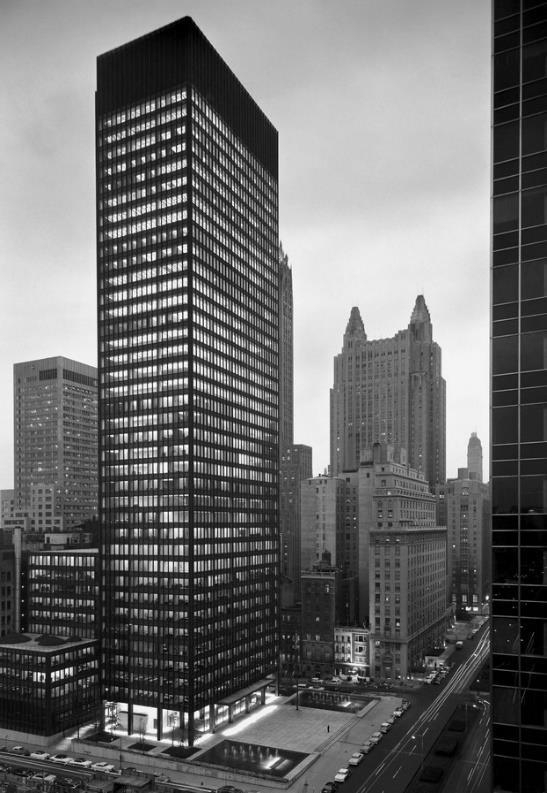
1 minute read
Condition
INTRODUCTION
AUTHOR’S BACKGROUND
Advertisement
Johnson graduated from Harvard University in 1930 with a major in philosophy. He was appointed director of the architecture department at the Museum of Modern Art in New York in 1932.
LOCALITY, TIME AND SOCIO-POLITICAL CONDITION
Seagram Building in New York, collaboration with Mies van der Rohe Philip Johnson

According to Franz Schulze's biography of Johnson between 1932 and 1940, Johnson was an antisemite, fascist sympathizer, and active propagandist for the Nazi government.
TRIGGERING EVENTS
During the voyage to Europe, Johnson came into contact with Mies van der Rohe and Le Courbusier, two of his most important early influences. First, a journey across the Atlantic was made to see the magnificent examples of contemporary architecture. The changes in engineering materials at the time may have had an equal impact on Johnson's 1932 exhibition at the Museum of Modern Art in New York.



